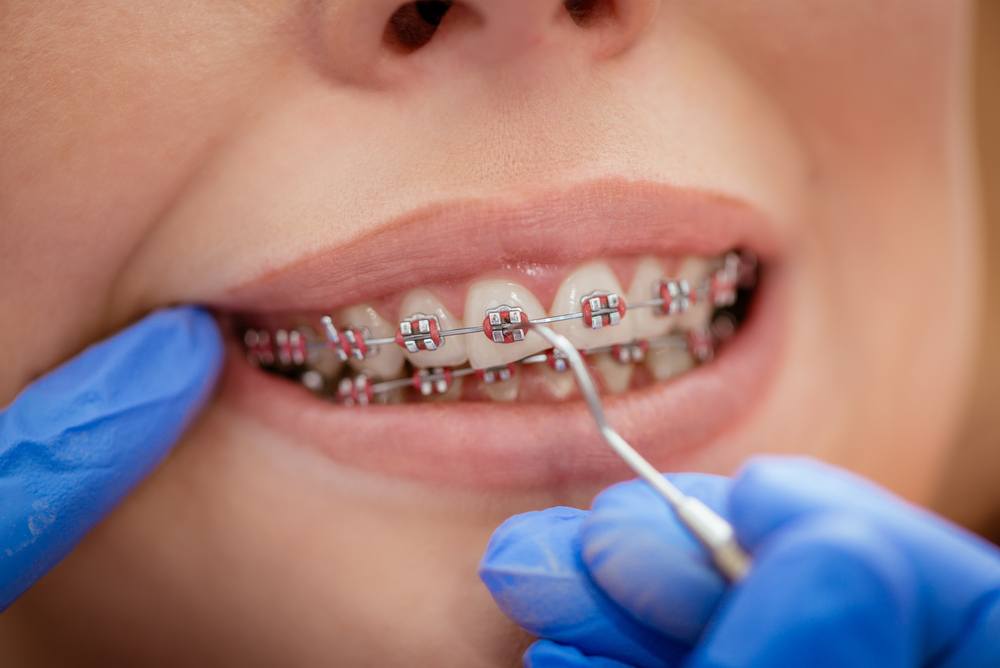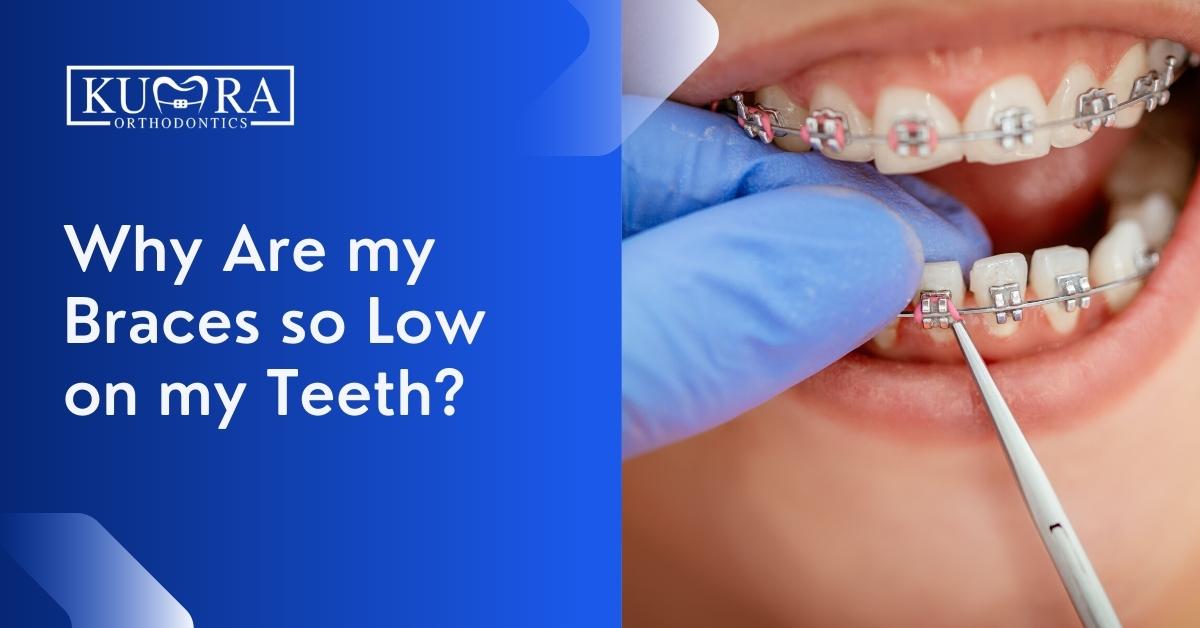Picking the most effective Cumming Orthodontics for Effective Braces and Aligners Solutions
Picking the most effective Cumming Orthodontics for Effective Braces and Aligners Solutions
Blog Article
Comprehensive Overview to Orthodontics Procedures for Fixing Oral Misalignments
In the realm of orthodontics, the journey to accomplishing a completely aligned smile involves a myriad of treatments customized to fix oral misalignments. From standard braces to invisible aligners and even surgical alternatives, the area of orthodontics supplies a series of remedies to deal with differing degrees of dental irregularities. Understanding the details of each procedure, including their devices, benefits, and possible disadvantages, is vital in making informed choices regarding one's orthodontic treatment. As we browse via the thorough guide to orthodontic procedures for correcting oral imbalances, the intricate details of each approach will unravel, clarifying the course toward a functional and unified oral alignment.
Orthodontic Procedures Summary

In enhancement to traditional braces and clear aligners, orthodontists may likewise advise various other treatments like headwear, palatal expanders, or retainers to resolve details alignment concerns (cumming orthodontics). These treatments are tailored per patient's one-of-a-kind requirements and may include a combination of therapies to accomplish the preferred results. Normal adjustments and tracking are vital components of orthodontic therapy to make sure progression is on track and to make any type of required modifications in the process. By undergoing orthodontic treatments, people can not only achieve a straighter smile yet likewise enhance their overall oral wellness and function.
Conventional Dental Braces: Exactly How They Function
When considering orthodontic therapies for dental misalignments, standard braces stand apart as a tried and true approach for correcting teeth positioning. Traditional braces include brackets, cords, and bands that interact to apply continual stress on the teeth, slowly moving them into the wanted placement. The braces are connected to the teeth using a special adhesive, and the cables are threaded with the brackets. By changing the tension of the wires, orthodontists can manage the direction and force related to each tooth, assisting them right into appropriate alignment gradually.
As pressure is used to the teeth with the braces, the bone bordering the teeth is reshaped to support the new tooth placements. Patients will certainly require normal adjustments at the orthodontist's workplace to guarantee the braces proceed to apply the correct stress for effective teeth movement.
Undetectable Aligners: Benefits And Drawbacks
These additional resources clear, custom-made trays are essentially undetectable when used, making them an enticing alternative for individuals seeking a much more visually pleasing orthodontic therapy. People can eliminate the aligners before eating or brushing their teeth, minimizing the threat of food getting stuck in the device and streamlining the cleaning process.

Surgical Orthodontic Options
Surgical treatments in orthodontics existing viable alternatives for attending to complex oral misalignments that might not be efficiently dealt with via standard orthodontic treatments. While invisible aligners and standard braces can remedy many orthodontic problems, certain situations need surgical treatment to accomplish ideal results. Surgical orthodontic web link alternatives are commonly recommended for severe malocclusions, considerable jaw inconsistencies, and cases where the underlying bone structure needs adjustment to attain correct placement.
One common medical orthodontic treatment is orthognathic surgical procedure, which involves rearranging the jaws to correct practical problems such as trouble speaking or chewing. This surgical treatment is typically executed in collaboration with an orthodontist who assists straighten the teeth prior to and after the treatment. Surgical orthodontics may likewise entail treatments to expose impacted teeth, remove excess gum tissue, or reshape the jawbone to create an extra unified face account.
Prior to considering surgical orthodontic options, clients undergo an extensive examination to figure out the need and possible advantages of such treatments. cumming orthodontics. While surgical procedure may appear daunting, it can considerably improve both the function and visual appeals of the smile in cases where traditional orthodontic treatments fail
Retainers and Post-Treatment Care

Failing to comply with post-treatment treatment instructions can result in regression, where the teeth gradually relocate back towards their initial positions. Constant retainer wear, excellent oral health, and regular oral check-ups are necessary for maintaining the outcomes attained with orthodontic surgical procedure and guaranteeing the lasting stability of the remedied oral alignment.
Final Thought
Finally, orthodontic procedures supply various choices for dealing with dental misalignments. Typical braces utilize steel braces and wires to move teeth right into correct alignment. Unnoticeable aligners give an even more discreet option but might not be suitable for all cases. Surgical orthodontic choices are readily available for extra serious imbalances. Retainers are commonly made use of post-treatment to preserve the brand-new placement. On the whole, orthodontic procedures can efficiently enhance dental health and wellness and visual appearance.
As we navigate through the comprehensive guide to orthodontic procedures for correcting oral imbalances, the complex information of each method will unfold, shedding light on the course towards a unified and practical oral placement. - cumming invisalign
One of the most usual orthodontic therapies is the use of braces, which are composed of metal brackets and wires that use mild pressure to gradually change teeth right into the desired position.When taking into consideration orthodontic therapies for dental misalignments, traditional braces stand out as a reliable method for dealing with teeth positioning. Furthermore, invisible aligners might not be ideal for complex orthodontic issues that require even more significant teeth activity, as they are commonly suggested for mild to modest situations. Retainers are you could try these out custom-made orthodontic tools developed to hold teeth in their corrected settings after the completion of orthodontic therapy.
Report this page